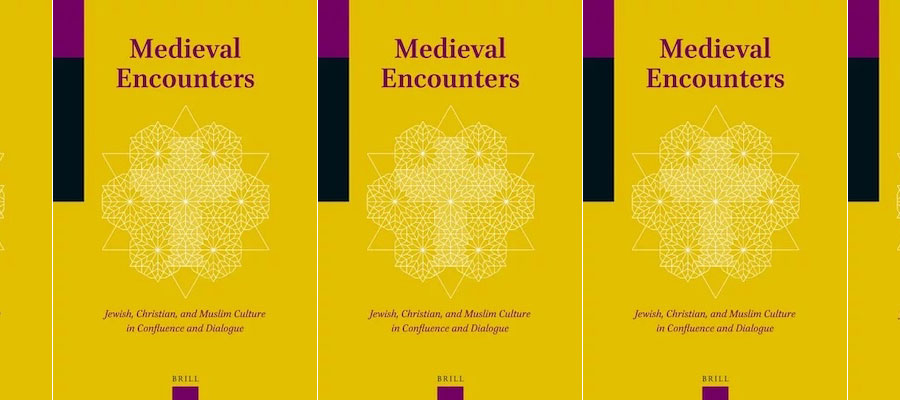Medieval Encounters, volume 30, issue 5–6 (October 2024). Special issue: Why Write Poetry? Transcultural Perspectives from the Later Medieval Period, edited by Krystina Kubina and Nikos Zagklas
CONTENTS INCLUDE
“The Sweetness of the Persian Tongue”: the Limits of Poetry in Medieval and Early Modern Georgia
Nikoloz Aleksidze
The history of medieval Georgian poetry is long and complicated. Placed between Persian and Byzantine commonwealths, the unification of the Georgian kingdom under the Bagratids in the eleventh century brought about a dramatic cultural revival. The formation and development of what is known as secular poetry was a reaction to the simultaneous adoption and adaptation of Persian and Byzantine elements by Georgian culture. As a result, over time, a distinct literary genre was shaped, with its own linguistic, graphic, and poetic registers – emerged, which was often contrasted with ecclesiastic writing alongside a a rigid differentiation between secular and religious writing generally and poetry specifically. The present paper identifies the origins and reasons for such a differentiation in early modern and modern political and literary discourses. While it mentions many poems from the twelfth to the seventeenth century, two relatively early theories of poetry are discussed in detail: Ephrem Mc‘ire’s (twelfth-century) reference to the “form and substance” dichotomy in poetry and Shota Rust‘aveli’s (twelfth- or thirteenth-century) vision of what does and what does not constitute proper poetry. In subsequent centuries, these discussion about the limits of poetry were integrated into identity discourses, as illustrated by the numerous sequels to and emulations of Rust‘aveli, and fed into a certain anxiety over Georgian culture within the context of total Persian dominance
Greek Poetry in a Multicultural Society: Sicily and Salento in the Twelfth and Thirteenth Centuries
Krystina Kubina and Nikos Zagklas
In the twelfth and thirteenth centuries, southern Italy experienced a period of relative political stability and economic prosperity under the Normans as well as the Hohenstaufen dynasty that succeeded them. These cultural conditions fostered a cultural resurgence, which included the composition of Greek poetry. Poets in Sicily wrote from within a multicultural context, including the presence of Arabic- and Latin-speaking communities. Many of their poems illustrate the generative intersections between the Byzantine-Constantinopolitan, Latin, and Arabic traditions. Later in Salento, poetry was written in a rather closed Greek-speaking, Orthodox society. Comparing Greek poetry from Sicily and Salento shows some differences between composition in the two regions. Whereas Sicilian poetry includes especially creative narrative poems, composed for the rich and sophisticated courts of the island, the Salentine poetry bears the stamp of the schoolroom. In fact, most poems from both Sicily and Salento survive in manuscripts that can be traced to a pedagogical environment. While the circulation of these poems was limited to their surrounding regions, their literary sophistication betrays remarkable creativity and the multicultural conditions of composition, further evidence of the vitality of Greek literary culture far from the heartland of the Byzantine Empire.
